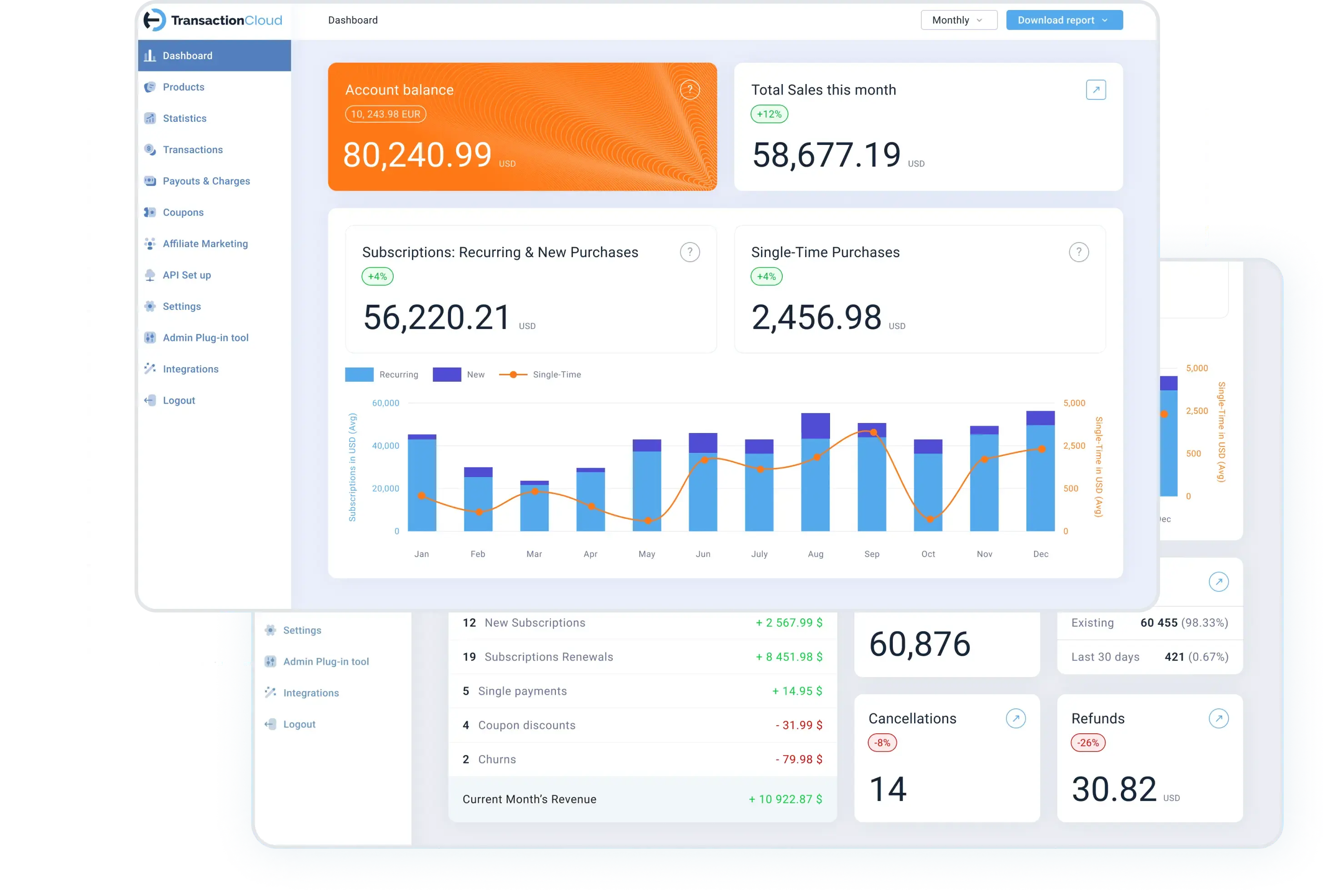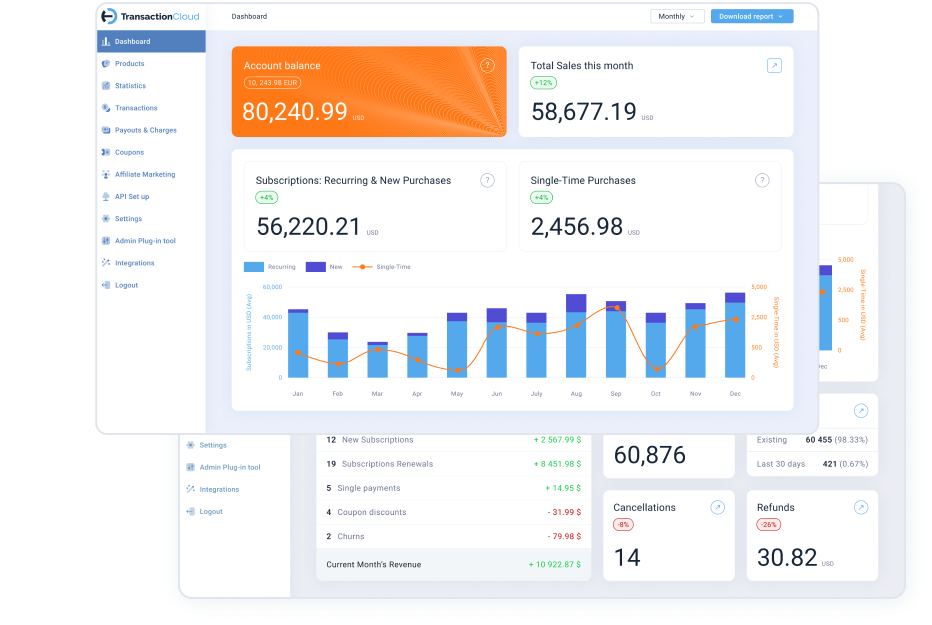Software as a Service (SaaS) marketing has become increasingly popular in recent years, with more businesses opting to offer their services via the cloud rather than through traditional software products. As a result, the marketing strategies used to promote these products have also evolved, with many companies shifting away from traditional marketing tactics in favor of more targeted, data-driven approaches. In this article, we'll explore five key differences between SaaS marketing and traditional marketing, highlighting the unique challenges and opportunities that come with each.
1. Customer Acquisition
One of the biggest differences between SaaS marketing and traditional marketing is the way that customers are acquired. In traditional marketing, companies often rely on mass-market advertising campaigns and in-person events to generate leads. However, SaaS companies tend to take a more targeted approach, leveraging digital channels such as search engines, social media, and email marketing to reach their desired audience. Additionally, SaaS companies often use data-driven techniques such as AB testing, personalization, and lead scoring to optimize their marketing efforts and maximize their return on investment.
2. Customer Engagement
Another key difference between SaaS marketing and traditional marketing is the level of customer engagement that is required. Traditional marketing often relies on one-way communication, with companies broadcasting their message to a large audience and hoping that some portion of that audience will take action. In contrast, SaaS marketing is often more interactive, leveraging customer feedback and user data to create a more personalized and engaging experience for each customer. This allows SaaS companies to build stronger relationships with their customers, increase customer loyalty, and drive higher customer lifetime value.
3. Pricing Model
The pricing model used in SaaS marketing is also different from that used in traditional marketing. In traditional marketing, companies typically charge a one-time fee for their products, or may offer a limited number of free trials before requiring customers to pay for their products. SaaS companies, on the other hand, often use a subscription-based pricing model, charging customers a recurring fee for ongoing access to their services. This pricing model allows SaaS companies to better predict their revenue stream, and can also help to reduce customer churn by encouraging customers to remain subscribed to the service for a longer period of time.
4. Sales Cycle
The sales cycle for SaaS marketing is also different from that of traditional marketing. In traditional marketing, the sales cycle is often much longer, with companies spending significant amounts of time and resources to generate leads and close deals. In contrast, SaaS marketing often employs a more streamlined sales process, with customers able to sign up for a service and start using it within minutes of landing on the company's website. This allows SaaS companies to generate revenue more quickly, and also reduces the risk of losing potential customers who may become frustrated by a lengthy sales process.
5. Customer Retention
Finally, the approach to customer retention is different in SaaS marketing compared to traditional marketing. In traditional marketing, companies often focus on acquiring new customers, with customer retention being a secondary concern. In SaaS marketing, however, customer retention is a top priority, with companies investing in ongoing customer engagement, support, and product development to ensure that their customers remain satisfied with their services. This allows SaaS companies to build a loyal customer base, reduce customer churn, and maximize the lifetime value of their customers.
In conclusion, SaaS marketing represents a significant shift from traditional marketing, requiring companies to adopt new strategies, tools, and tactics to succeed in the cloud-based software market. However, the benefits of this new approach are clear.
Transaction Cloud offers an automated solution for SaaS marketing, including affiliate marketing, subscription management, and zero-code setup, enabling SaaS companies to save on marketing costs and focus on product development. The platform helps businesses manage customer relationships, conduct pricing experiments, and offer incentives for referrals.

